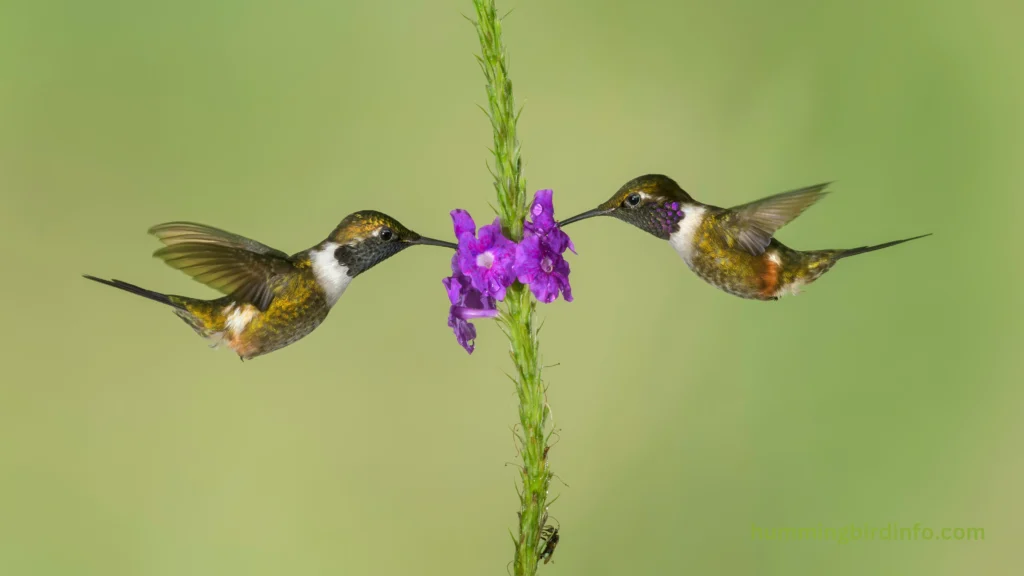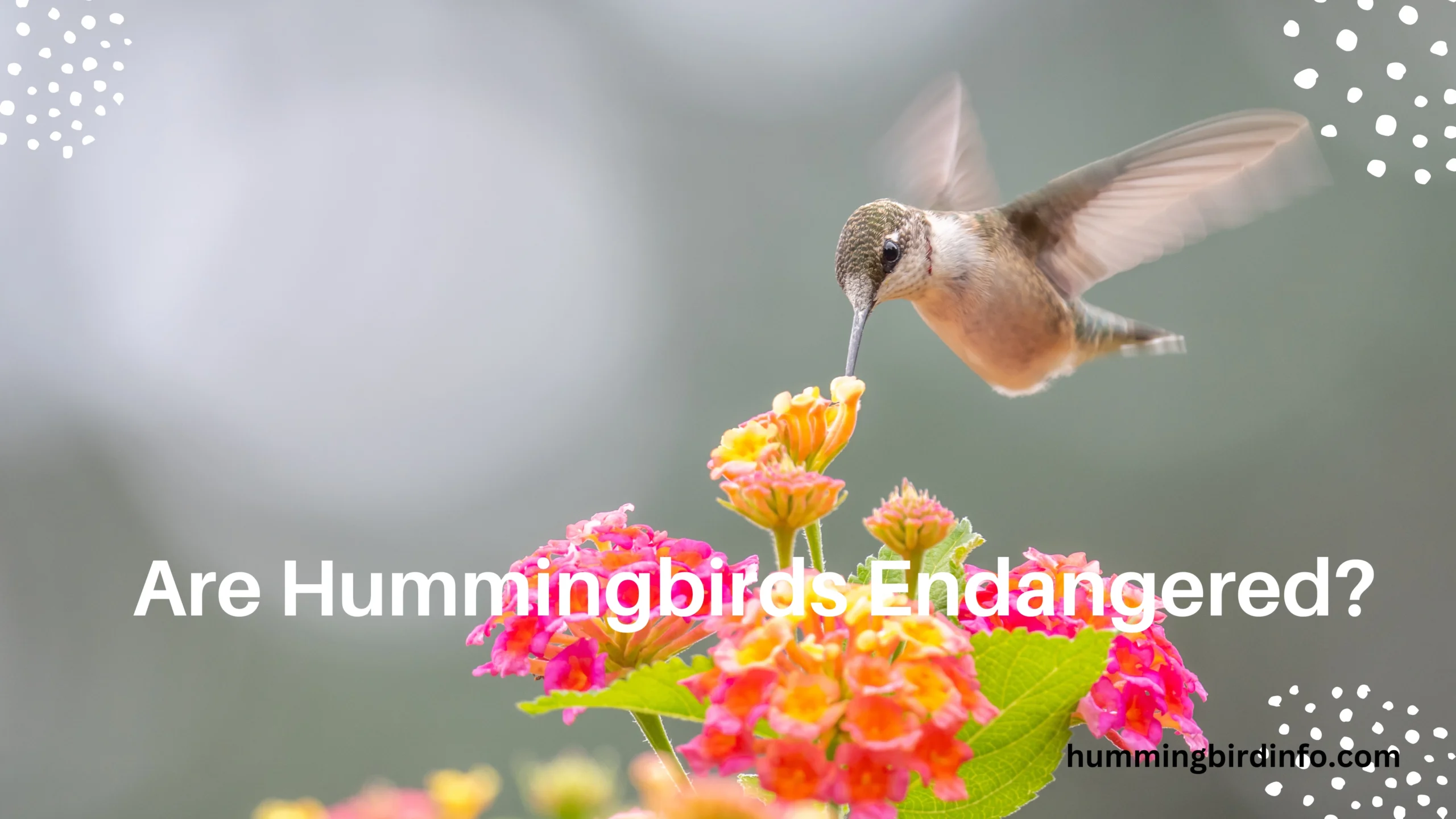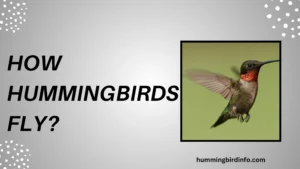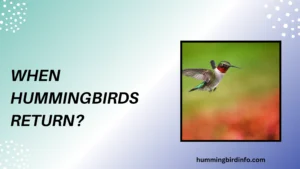With their vibrant feathers, rapid wingbeats, and ability to hover in place, hummingbirds feel almost magical. These tiny creatures aren’t just beautiful—they play a vital role in our ecosystems by pollinating flowers and helping plants thrive.
But behind their shimmering wings lies a growing concern that is often overlooked.
In a world where biodiversity is under threat, hummingbirds face challenges that could impact their survival. While many species still flutter freely, others are struggling to survive due to habitat loss, climate change, and human activity. The question arises—are hummingbirds endangered, and if so, what can be done to protect them?
This blog will explore the conservation status of hummingbirds worldwide, the threats they face, and what efforts are being made to ensure they don’t vanish.
Whether you’re a nature lover, gardener, or simply curious about these tiny wonders, this topic is deeply relevant to you. After all, losing hummingbirds means losing a piece of our natural world’s beauty and balance.
Contents
Global Overview of Hummingbird Conservation Status
While many hummingbirds are not officially endangered, several species are facing serious risks. According to the IUCN Red List, over 30 species are classified as threatened or near extinction.
The IUCN Red List is a global inventory of the conservation status of animal species. It categorizes animals into groups like Critically Endangered, Endangered, Vulnerable, and Near Threatened, based on population data and threats.
Most at-risk hummingbirds live in Central and South America, regions known for their rich hummingbird diversity. These places also face deforestation and human development, endangering many native species.
Even though only a portion of species is endangered, every loss affects the local ecosystem. Hummingbirds play an important part in plant reproduction and biodiversity.
Critically Endangered Hummingbird Species
One of the most threatened hummingbirds is the Black-breasted Puffleg (Eriocnemis nigrivestis). Found in Ecuador, this bird’s population has dropped to fewer than 250 individuals due to deforestation and habitat loss.
The Juan Fernández Firecrown (Sephanoides fernandensis) is found only on a small Chilean island. With fewer than 500 birds left, its survival depends on urgent habitat protection.
The Blue-throated Hillstar (Oreotrochilus cyanolaemus) is one of the most recently discovered and endangered species. Native to southern Ecuador, this hummingbird is threatened by grazing, mining, and habitat fragmentation.
Other examples include the Short-crested Coquette (Lophornis brachylophus) and Marvelous Spatuletail (Loddigesia mirabilis). These birds have tiny ranges, making them extremely vulnerable to any environmental changes.
Their main threats include habitat destruction, limited geographic range, and human encroachment. Without targeted conservation, they risk going extinct within our lifetime.
Threats to Hummingbirds
Habitat loss is the biggest threat to hummingbirds. Deforestation for farming and development destroys the nectar-rich plants they rely on and eliminates their nesting areas.
Climate change affects the timing of flower blooming, disrupting the harmony between when plants produce nectar and when birds feed. Extreme weather events can also damage habitats and harm fragile populations.
Invasive species like non-native plants can outcompete native flora, leaving hummingbirds with less food. Predators like cats and rats introduced to islands can decimate local bird populations.
Pesticides are another danger. They can poison hummingbirds directly or kill the insects they rely on for protein, especially for growing chicks in nests.
Other threats include window collisions, vehicle strikes, and even illegal trapping for traditional crafts or exotic pet trade. Every small risk adds up to a larger crisis for hummingbirds.
Conservation Efforts and Success Stories
Protected areas like national parks help secure the natural homes of hummingbirds. Places like the Podocarpus National Park in Ecuador are vital for protecting species like the Black-breasted Puffleg.
Habitat restoration projects aim to bring back native flowering plants and reforest damaged areas. These efforts can help increase nectar sources and safe nesting zones for birds.
Some species have targeted conservation programs, including population monitoring, breeding programs, and reintroduction into the wild. These efforts offer a lifeline to the most critically endangered birds.

Community involvement is also crucial. Educating locals about the ecological role of hummingbirds helps reduce hunting and promotes sustainable practices that benefit both people and wildlife.
Success stories are growing—some hummingbird species once on the brink are now recovering thanks to conservation action. These efforts show that hope is not lost if we act in time.
Conclusion
Although many hummingbird species still thrive, a significant number are slipping toward extinction. The threats are real—habitat loss, climate change, invasive species, and pesticides are taking a heavy toll.
These challenges are interconnected, and their combined impact can be devastating. Hummingbirds, as key pollinators, play an essential role in ecosystems and must be protected to ensure natural balance.
We can all contribute to their survival. Plant native nectar flowers, avoid using pesticides, support conservation organizations, and advocate for habitat protection. Every small effort counts toward a larger solution.
By valuing and protecting these tiny birds, we preserve the beauty, resilience, and wonder of nature for generations to come. With awareness and action, we can keep their wings buzzing in our skies.
FAQs
Are all hummingbirds endangered?
No, most hummingbird species are not endangered, but several are at risk and need conservation attention.
What is the main cause of hummingbird endangerment?
The biggest threat is habitat destruction, followed by climate change, pesticides, and invasive species.
What does the IUCN Red List say about hummingbirds?
The IUCN lists several species as Critically Endangered, Endangered, or Vulnerable, depending on population trends and threats.
How can I help protect hummingbirds?
You can plant native flowers, avoid pesticides, and support groups that work on bird conservation and habitat restoration.
Do hummingbirds face threats in North America?
Yes, while fewer are endangered here, they still face threats from urbanization, climate shifts, and window collisions.
Are hummingbirds important for the environment?
Yes, they are essential pollinators, helping plants reproduce and supporting biodiversity in forests and gardens.








